LIVING Artist Natalia Kapchuk’s work is a reminder of our society’s impact on our ecology, including the destruction of natural habitats. Elina Lukas checks out her latest project, The Lost Planet
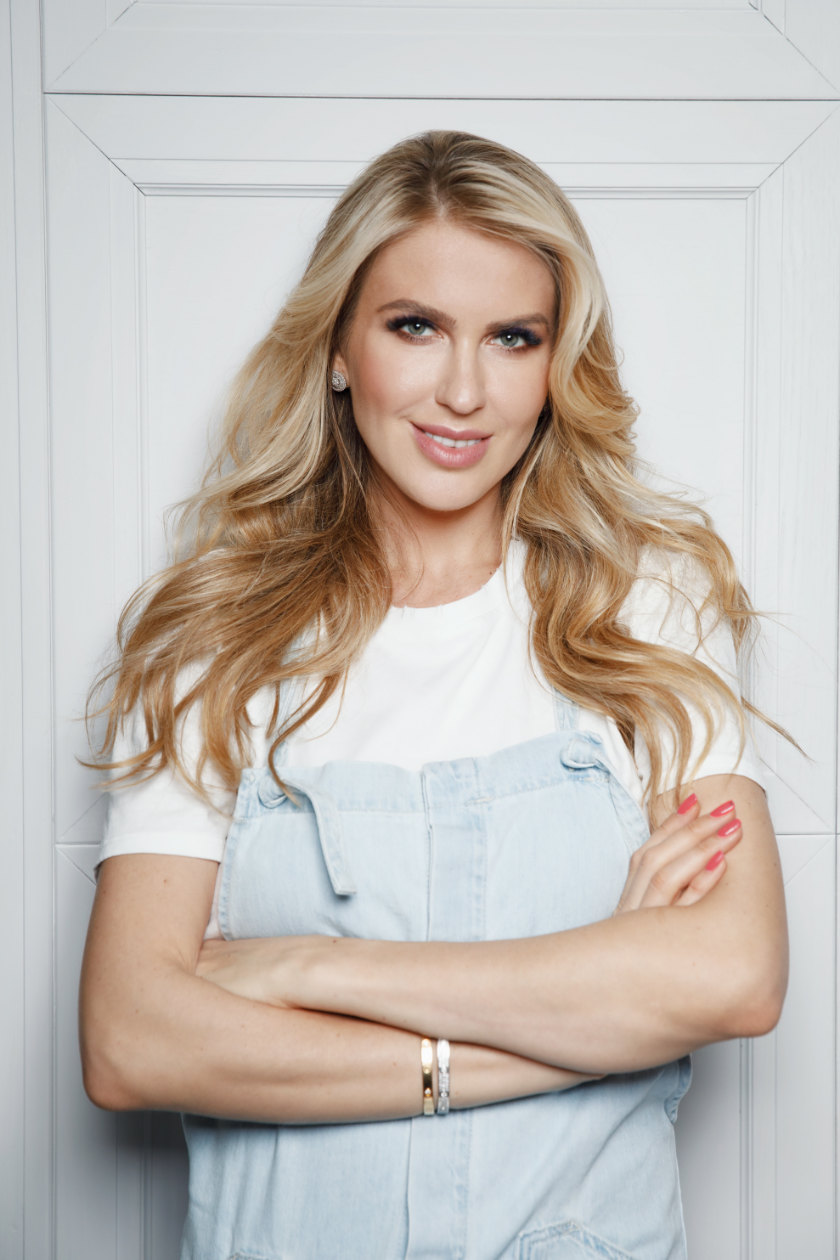
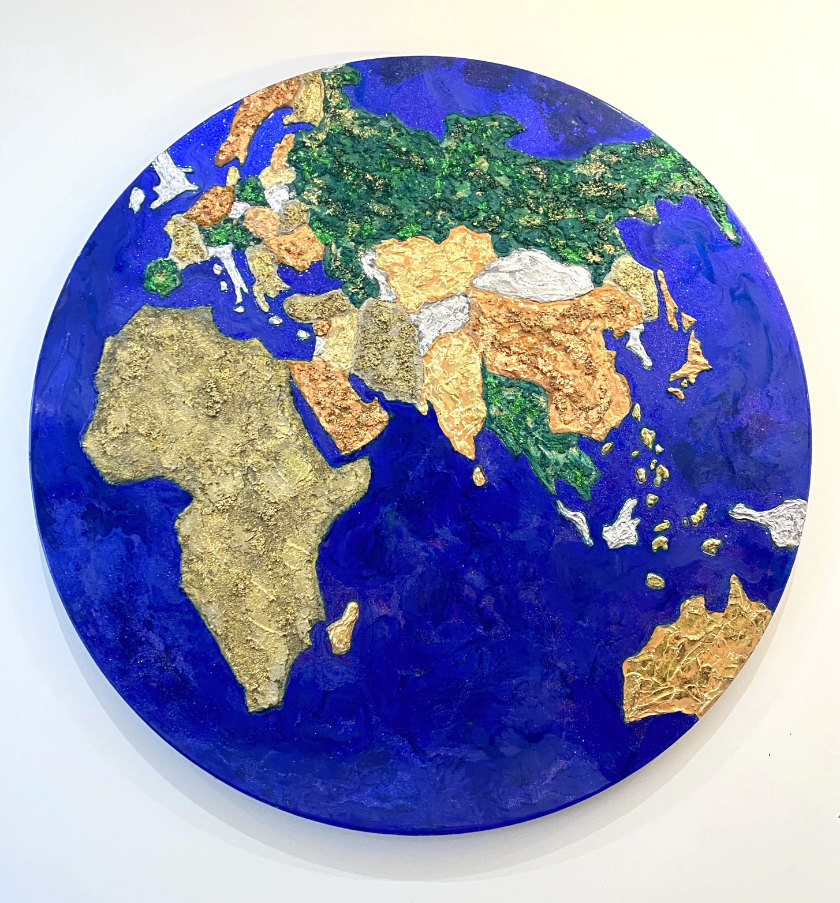
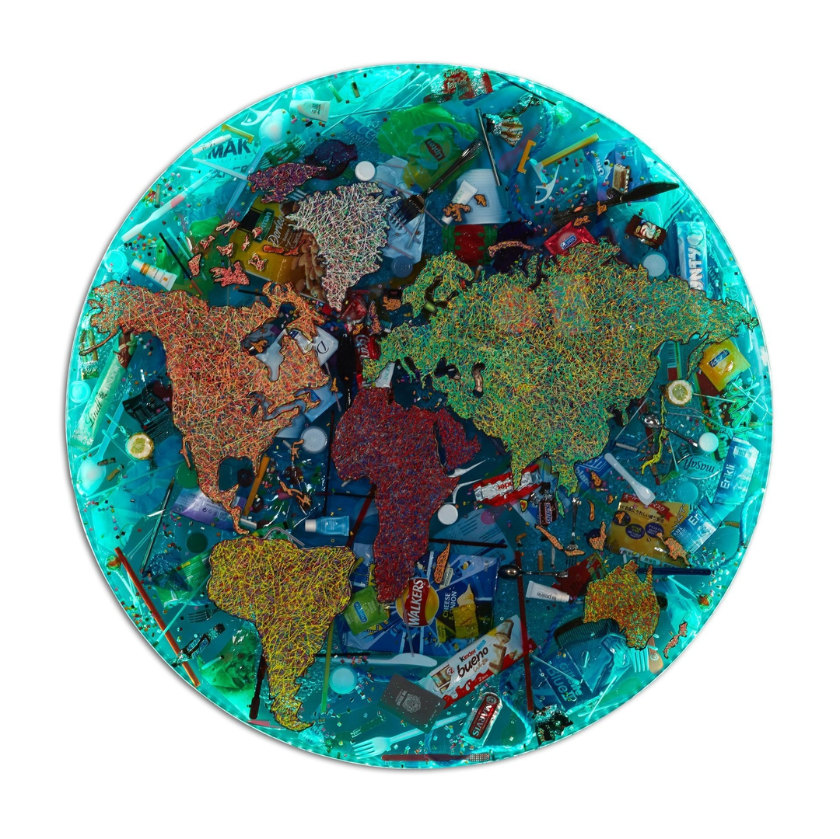 Natalia Kapchuk in her studio and working on The Lost Planet; her works include Lost in Blue and Plastic Network
Natalia Kapchuk in her studio and working on The Lost Planet; her works include Lost in Blue and Plastic Network
Elina Lukas is a corresponent and photographer for Lucire.
The issues surrounding the impact humankind has had on our environment have been discussed at length for an extensive period now, yet there is still so much that needs to be done to minimize it. Our wasteful usage of natural resources, pollution of oceans and destruction of other creatures’ habitats have been highlighted by governments, activist groups and independent eco-warriors. In the past several years alone, dozens of animals have been driven to extinction. It is hard to stand by in ignorance when you realize the difference even the smallest changes make, and while not everyone might be in a position to participate in activist-led protests, artists like Natalia Kapchuk express their concerns in a different way, via art.
Natalia Kapchuk is an artist, philanthropist and an art ambassador of Parliamentary Society of Arts, Fashion and Sport in the UK. Travelling around the world, she has witnessed both the beauty of nature and the destructive impact industrial waste has on it. Kapchuk’s new art project, The Lost Planet, is dedicated to the topics of ecology, protection of the environment and conservation of natural resources. The artist primarily focuses on the oceans, their waters giving life to everything, yet we continuously pollute them with plastic waste. Water is a natural resource without which no creature can survive, yet we have learned to take it for granted.
It is said that we know more about space than we do about the oceans, the secrets the deep waters hold and the life that thrives within them. In her piece Invisible Life, Kapchuk stresses the fact that although we cannot see it, it doesn’t mean that that life doesn’t exist. In fact, marine life is so rich that we are yet to discover some species, while some, such as the oarfish, have only been seen by humans a handful of times. But our vigorous activity, growth and industrialization will likely make even the most common of sea creatures become a rare sighting. Over the past 40 years the population of the oceans has dropped by 49 per cent. There is a multitude of culprits that have contributed to such a drastic change, from the increased carbon dioxide destroying the skeletons of marine organisms, to the pollution of coastal territories, to wastewater, to the potentially most talked-about—plastic.
Kapchuk’s Lost Planet has come at a crucial time in our existence. Her work is calming, insightful and thought-provoking, urging you to appreciate the beauty around you and play your part in preserving it. •
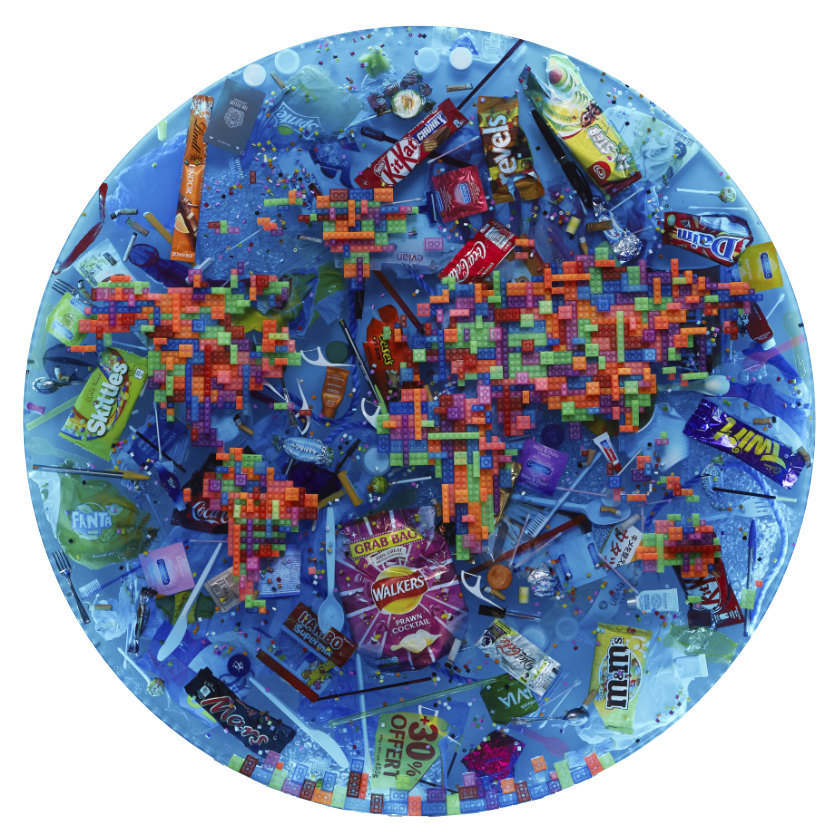
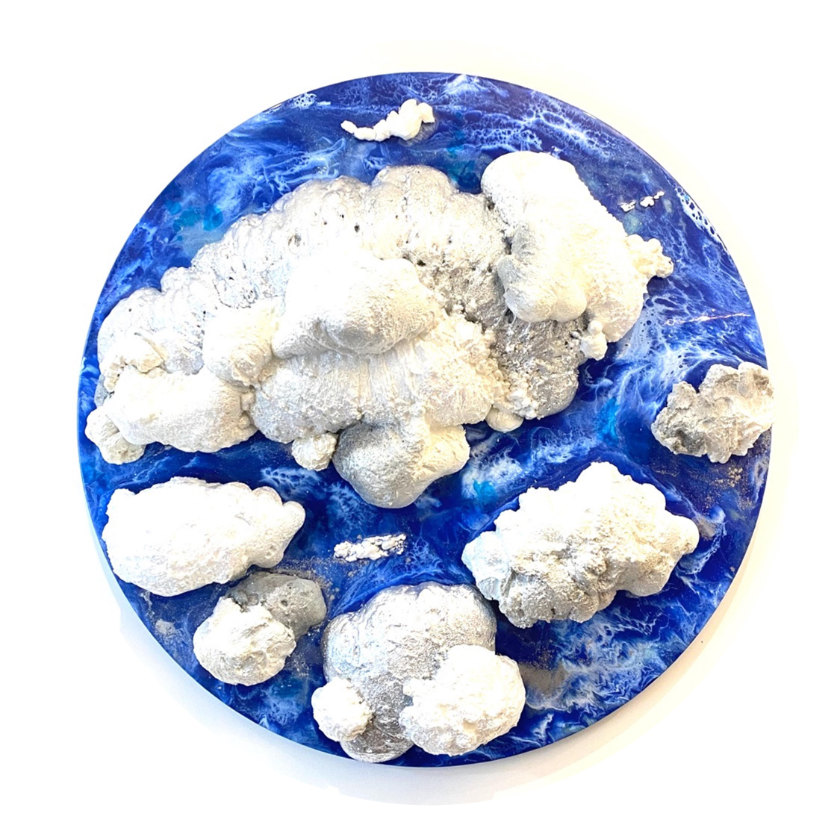
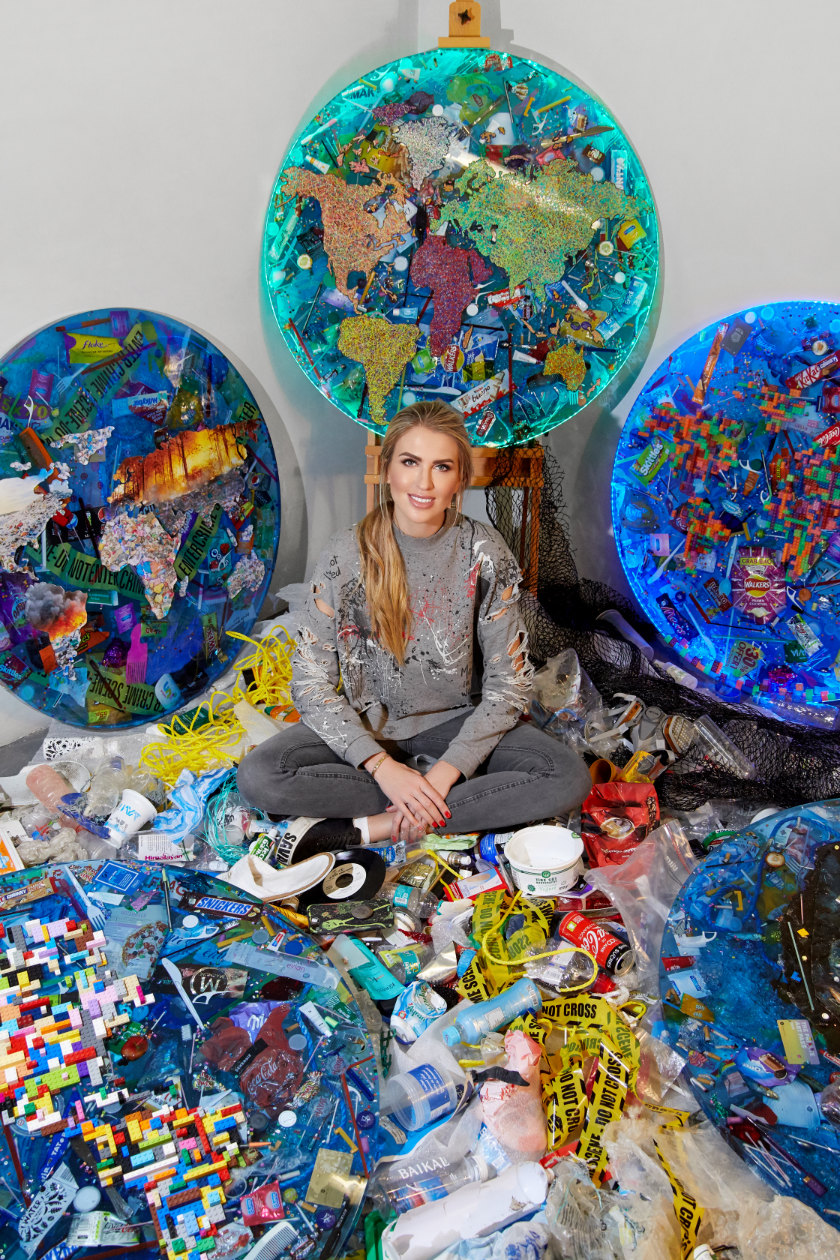 Above, from top: The Lego World and Carbon Clouds from Natalia Kapchuk’s The Lost Planet project. Natalia Kapchuk in her studio with her works.
Above, from top: The Lego World and Carbon Clouds from Natalia Kapchuk’s The Lost Planet project. Natalia Kapchuk in her studio with her works.
Related articles hand-picked by our editors
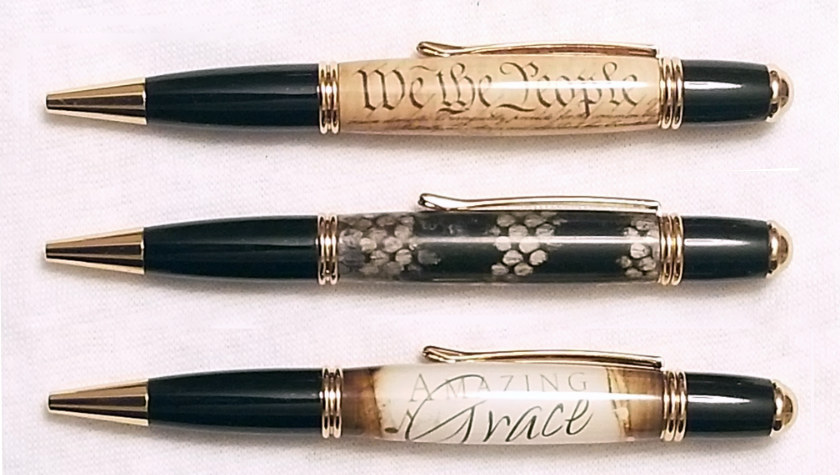
Turning heads
Darren Koele, a veteran in central Ohio, has turned his pen-turning hobby into a passion for creating small works of art. Jack Yan speaks with him
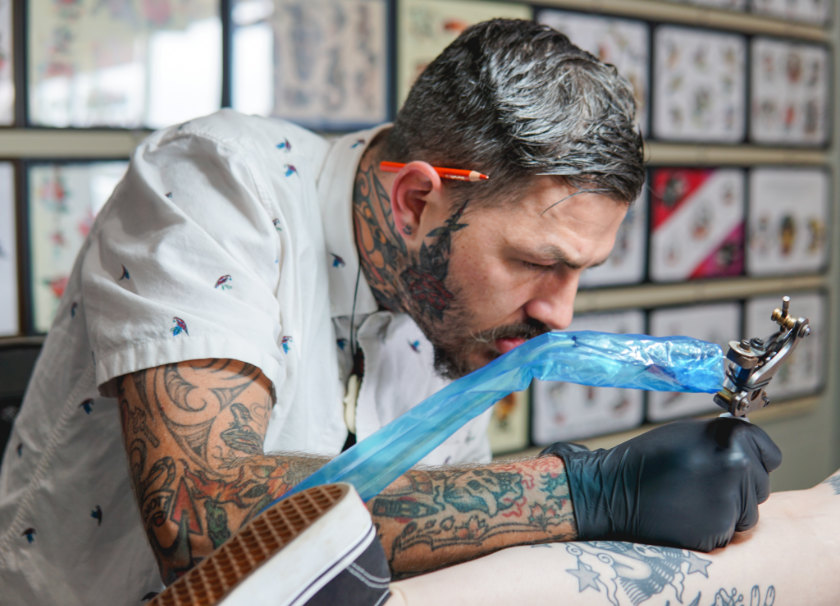
Point taken
Jack Yan talks to Spencer Harrington, a New Zealand-born tattoo artist who’s gaining an international reputation for his work
Main photograph by Taylor Kuykendall
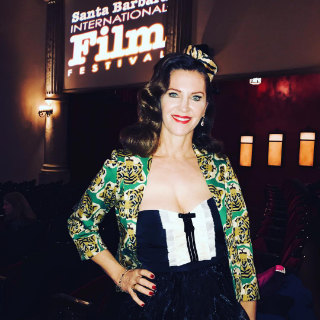 Hear her roar!
Hear her roar!
Award-winning documentarian Leslie Zemeckis returns with a film about Mabel Stark, another fierce and fearless Hollywood trailblazer, writes Elyse Glickman
Advertisement
Copyright ©1997–2022 by JY&A Media, part of Jack Yan & Associates. All rights reserved. JY&A terms and conditions and privacy policy apply to viewing this site. All prices in US dollars except where indicated. Contact us here.